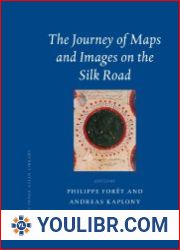
BOOKS - Fictitious Capital: Silk, Cotton, and the Rise of the Arabic Novel


US $5.61

270479

270479
Fictitious Capital: Silk, Cotton, and the Rise of the Arabic Novel
Author: Elizabeth M Holt
Year: July 11, 2017
Format: PDF
File size: PDF 2.1 MB
Language: English
Year: July 11, 2017
Format: PDF
File size: PDF 2.1 MB
Language: English
The ups and downs of silk, cotton, and stocks syncopated with serialized novels in the late-nineteenth-century Arabic press: Time itself was changing. Novels of debt, dissimulation, and risk begin to appear in Arabic at a moment when France and Britain were unseating the Ottoman legacy in Beirut, Cairo, and beyond. Amid booms and crashes, serialized Arabic fiction and finance at once tell the other's story.While scholars of Arabic often write of a Nahdah, a sense of renaissance, Fictitious Capital argues instead that we read the trope of Nahdah as Walter Benjamin might have, as and "one of the monuments of the bourgeoisie that [are] already in ruins. and " Financial speculation engendered an anxious mixture of hope and fear formally expressed in the mingling of financial news and serialized novels in such Arabic journals as Al-Jinan, Al-Muqtataf, and Al-Hilal. Holt recasts the historiography of the Nahdah, showing its sense of rise and renaissance to be a utopian, imperially mediated narrative of capital that encrypted its inevitable counterpart, capital flight.














































